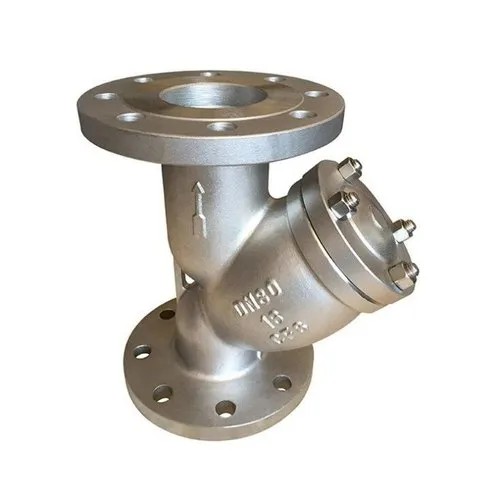turbo flanges
Understanding Turbo Flanges A Key Component in Performance Engineering
Turbo flanges are crucial components in the world of turbocharging, which has become a prevalent choice among performance enthusiasts and automotive engineers. These specialized flanges connect the turbocharger to the exhaust manifold, the downpipe, or the intake system of an engine. Understanding their role, types, and the materials used can significantly impact engine performance and reliability.
The Role of Turbo Flanges
In a turbocharged engine, exhaust gases are used to spin a turbine, which compresses air entering the engine, resulting in increased power output. Turbo flanges serve as the interface where the turbocharger is mounted to the engine system. A well-designed flange ensures a proper seal and alignment between the turbo and the manifold, which helps prevent exhaust leaks that can lead to decreased performance and efficiency. Moreover, these flanges must withstand high temperatures and pressures, making their design and material choice critical.
Types of Turbo Flanges
Turbo flanges come in various designs, each tailored to specific turbocharger models and vehicle applications. Common types include T25, T3, T4, and V-band flanges.
- T25 and T3 Flanges These are widely used in smaller turbo setups and are popular among those looking to upgrade their vehicles for better performance while keeping the existing engine setup.
- T4 Flanges Designed for larger turbochargers, T4 flanges allow for greater airflow and are typically used in high-performance applications, such as racing or heavily modified street cars.
- V-band Flanges These flanges are increasingly popular due to their ease of use and superior sealing capabilities. V-band flanges allow for quick installation and removal, making them ideal for setups requiring frequent maintenance or adjustments.
turbo flanges

Choosing the right flange is essential not only for compatibility but also for optimizing performance. Each design has its unique advantages, and the selection often depends on the specific requirements of the turbocharging system and the vehicle.
Material Considerations
The materials used in manufacturing turbo flanges are critical to ensure durability and heat resistance. Common materials include stainless steel, aluminum, and mild steel.
- Stainless Steel This is the most popular choice for high-performance applications due to its excellent resistance to corrosion and high temperatures. It can endure the harsh conditions found in turbocharging systems, making it a reliable choice for long-term performance.
- Aluminum While lighter and easier to work with, aluminum flanges may not withstand the same temperatures as stainless steel. They are typically used in lower-pressure applications or where weight savings are prioritized.
- Mild Steel Often used in budget applications, mild steel flanges can be effective but may require additional coatings to prevent rust and corrosion.
Conclusion
Turbo flanges play a vital role in the efficiency and performance of turbocharged engines. As automotive technology continues to advance, understanding the intricacies of turbo flanges can empower enthusiasts and engineers to make informed decisions that enhance performance. Whether you're modifying a streetcar or preparing for a race, selecting the right type and material of turbo flange will help ensure the optimal performance of your turbocharged system. With the right components, the potential for increased horsepower and improved responsiveness is within reach, making turbo flanges an essential topic in performance engineering.
-
The Key to Fluid Control: Exploring the Advantages of Ball Valves in Industrial SystemsNewsJul.09,2025
-
The Versatile World of 1, 2, and 3 Piece Ball ValvesNewsJul.09,2025
-
Stainless Steel Ball Valves: The Ideal Choice for Efficient Flow ControlNewsJul.09,2025
-
Optimizing Fluid Control with Ball Float ValvesNewsJul.09,2025
-
Manual Gate Valves: Essential for Control and EfficiencyNewsJul.09,2025
-
Everything You Need to Know About Butterfly ValvesNewsJul.09,2025
-
The Versatility of Wafer Type Butterfly ValvesNewsJul.08,2025




